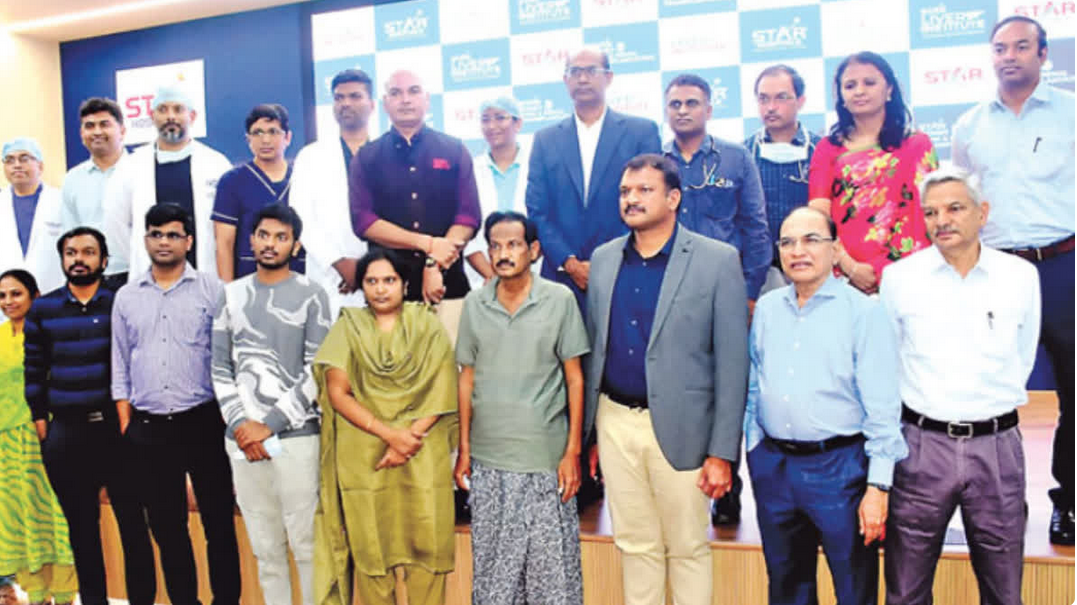Insulin resistance is a condition where the body's cells do not respond properly to insulin, a hormone that regulates blood sugar. This resistance forces the pancreas to produce more insulin to keep blood sugar levels in check. Over time, this can lead to higher levels of both insulin and blood sugar, setting the stage for several serious health problems, including type 2 diabetes, cardiovascular diseases, and metabolic syndrome.
The Link Between Insulin Resistance and NAFLD: Recent studies highlight a significant connection between insulin resistance and Non-Alcoholic Fatty Liver Disease (NAFLD), especially among Indians. NAFLD is a condition where excess fat builds up in the liver without alcohol consumption as a contributing factor. It is a growing health issue worldwide, but the prevalence is notably high in India.
Why Indians Are More Susceptible to Insulin Resistance
Several factors contribute to the higher predisposition of Indians to insulin resistance:
1. Genetics: Genetic factors play a crucial role. Certain genetic traits make Indians more susceptible to insulin resistance compared to other populations.
2. Diet: Traditional Indian diets, rich in carbohydrates and sugars, contribute significantly to the risk. High consumption of white rice, sugary sweets, and refined grains increases the likelihood of developing insulin resistance.
3. Lifestyle: Sedentary lifestyles and lack of physical activity exacerbate the problem. Modern urban lifestyles, characterized by long hours of sitting and minimal physical exercise, increase the risk.
4. Obesity: Obesity is a significant risk factor for insulin resistance. With rising obesity rates in India, more people are at risk of developing related conditions like NAFLD.
The Growing Burden of NAFLD in India: NAFLD is becoming a major public health concern in India. The condition ranges from simple fatty liver (steatosis) to more severe forms, including non-alcoholic steatohepatitis (NASH), fibrosis, and cirrhosis. If left unchecked, NAFLD can lead to liver failure and liver cancer.
Key Factors Contributing to NAFLD:
1. Diet and Nutrition: High-calorie diets rich in fats and sugars contribute significantly to liver fat accumulation. The consumption of processed foods and sugary beverages is on the rise in India.
2. Obesity and Metabolic Syndrome: NAFLD is closely linked to obesity and metabolic syndrome. High body mass index (BMI), increased waist circumference, and high levels of triglycerides are common among Indians and are strong predictors of NAFLD.
3. Diabetes and Insulin Resistance: Type 2 diabetes and insulin resistance are prevalent in India and are significant risk factors for NAFLD. Poorly managed diabetes can accelerate liver damage.
Prevention and Management: Tackling the dual burden of insulin resistance and NAFLD requires a comprehensive approach involving lifestyle modifications, medical interventions, and public health strategies.
1. Lifestyle Changes:
- Healthy Diet: Adopting a balanced diet low in refined sugars and unhealthy fats is crucial. Increasing the intake of vegetables, fruits, whole grains, and lean proteins can help manage blood sugar levels and reduce liver fat.
- Regular Exercise: Engaging in regular physical activity helps improve insulin sensitivity and reduces the risk of developing NAFLD. Activities like walking, jogging, cycling, and strength training are beneficial.
- Weight Management: Achieving and maintaining a healthy weight is essential. Even modest weight loss can significantly improve insulin sensitivity and reduce liver fat.
2. Medical Interventions:
- Medication: In some cases, doctors may prescribe medications to manage insulin resistance and control blood sugar levels. These medications can help prevent the progression of NAFLD.
- Regular Monitoring: Regular check-ups and monitoring of liver function and blood sugar levels are crucial for early detection and management of NAFLD and related conditions.
3. Public Health Initiatives:
- Awareness Campaigns: Increasing public awareness about the risks of insulin resistance and NAFLD is essential. Educational campaigns can encourage people to adopt healthier lifestyles.
- Policy Changes: Implementing policies to promote healthier food options, regulate the sale of sugary beverages, and encourage physical activity can have a significant impact on public health.
The Role of Healthcare Providers: Healthcare providers play a critical role in the prevention and management of insulin resistance and NAFLD. They can offer valuable guidance and support to individuals at risk.
- Early Diagnosis: Regular screening for insulin resistance and liver function tests can help detect NAFLD early. Early diagnosis allows for timely interventions to prevent progression.
- Patient Education: Educating patients about the importance of a healthy lifestyle, proper diet, and regular exercise is crucial. Healthcare providers can offer practical advice and resources to support these changes.
- Personalized Care: Tailoring treatment plans to individual needs ensures better management of insulin resistance and NAFLD. Personalized care takes into account factors like age, gender, genetic predisposition, and lifestyle.
The Future of NAFLD Management in India: Addressing the rising prevalence of NAFLD in India requires a multifaceted approach. Research and innovation in healthcare can play a vital role in developing effective strategies to combat this condition.
1. Advancements in Medical Research:
- Genetic Studies: Understanding the genetic factors that predispose Indians to insulin resistance and NAFLD can lead to targeted interventions and personalized treatment plans.
- New Therapies: Ongoing research into new medications and therapies offers hope for better management of NAFLD. Innovative treatments can slow the progression of the disease and improve outcomes for patients.
2. Collaborative Efforts:
- Public-Private Partnerships: Collaboration between the government, healthcare providers, and private organizations can enhance the effectiveness of public health initiatives and healthcare delivery.
- Community Engagement: Involving communities in awareness campaigns and health promotion activities can foster a culture of health and well-being.
Insulin resistance and NAFLD are significant health challenges facing the Indian population. The high prevalence of these conditions calls for urgent action to promote healthier lifestyles, improve early diagnosis, and provide effective treatments. By adopting a comprehensive approach that includes lifestyle modifications, medical interventions, and public health strategies, India can address the growing burden of NAFLD and improve the overall health and well-being of its people.
Healthcare providers, policymakers, and individuals all have a role to play in combating this silent epidemic. With concerted efforts and a commitment to health, it is possible to reduce the impact of insulin resistance and NAFLD and pave the way for a healthier future for all Indians.

 By adopting a comprehensive approach that includes lifestyle modifications, medical interventions, and public health strategies, India can address the growing burden of NAFLD and improve the overall health and well-being of its people.
By adopting a comprehensive approach that includes lifestyle modifications, medical interventions, and public health strategies, India can address the growing burden of NAFLD and improve the overall health and well-being of its people.










.jpeg)


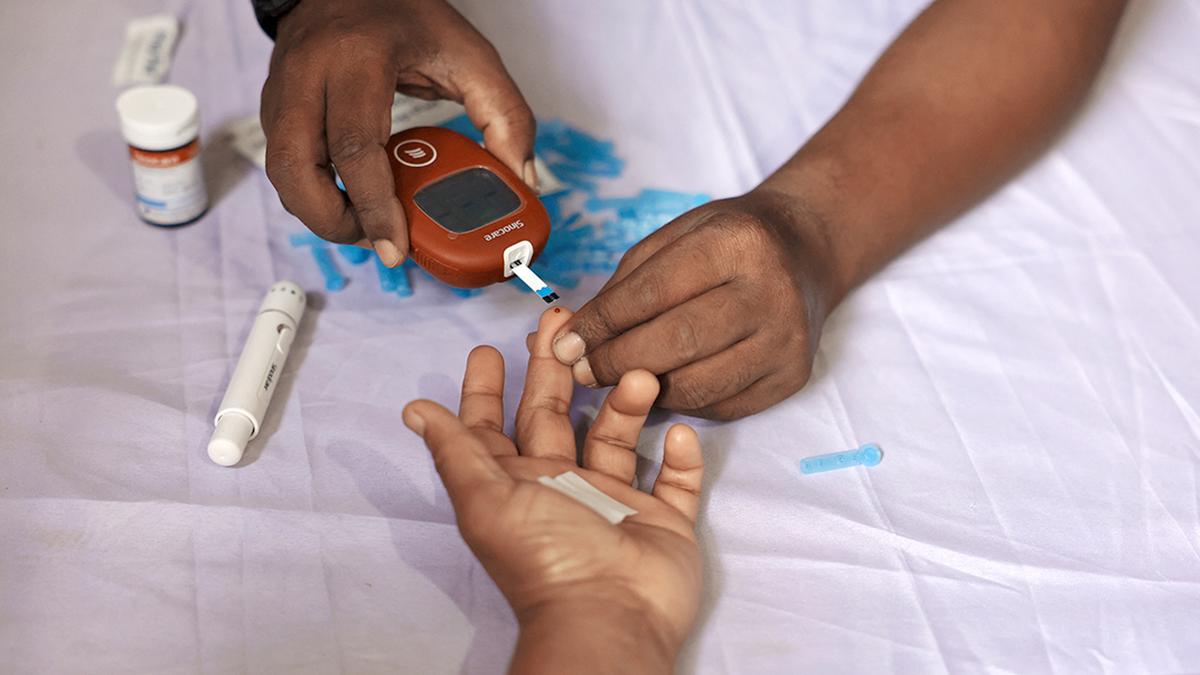

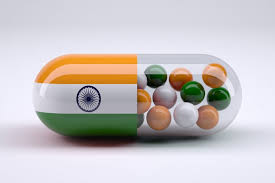
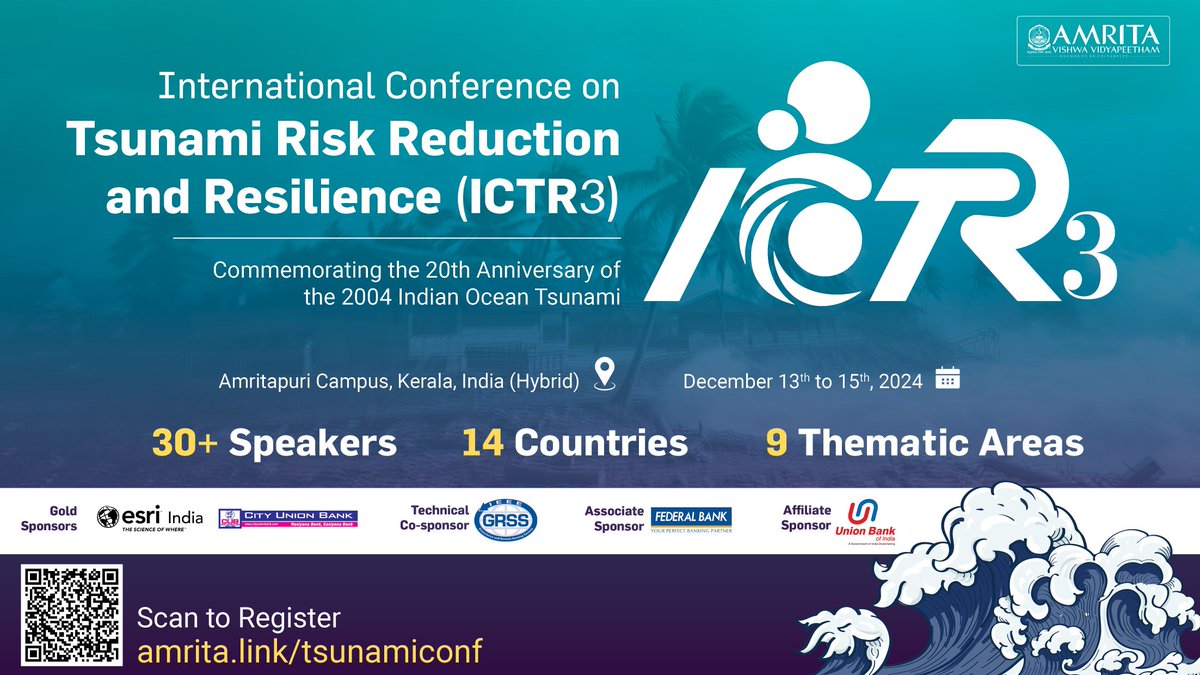


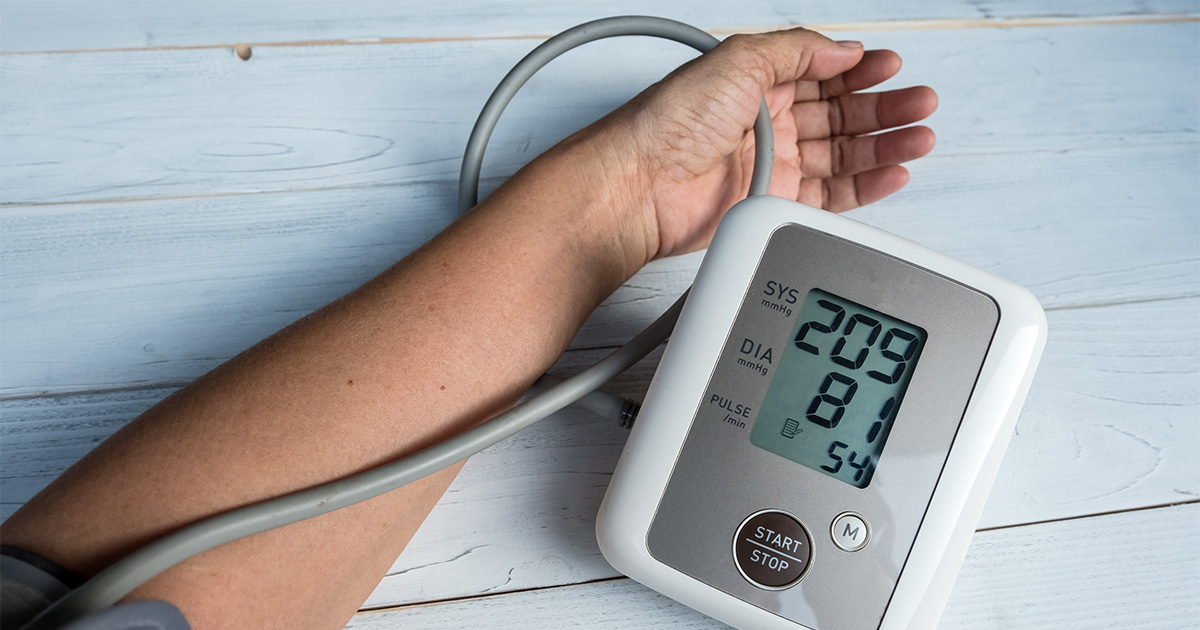

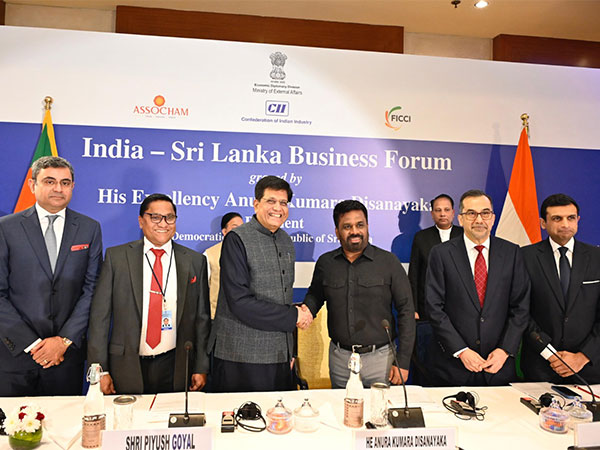
.jpg)


